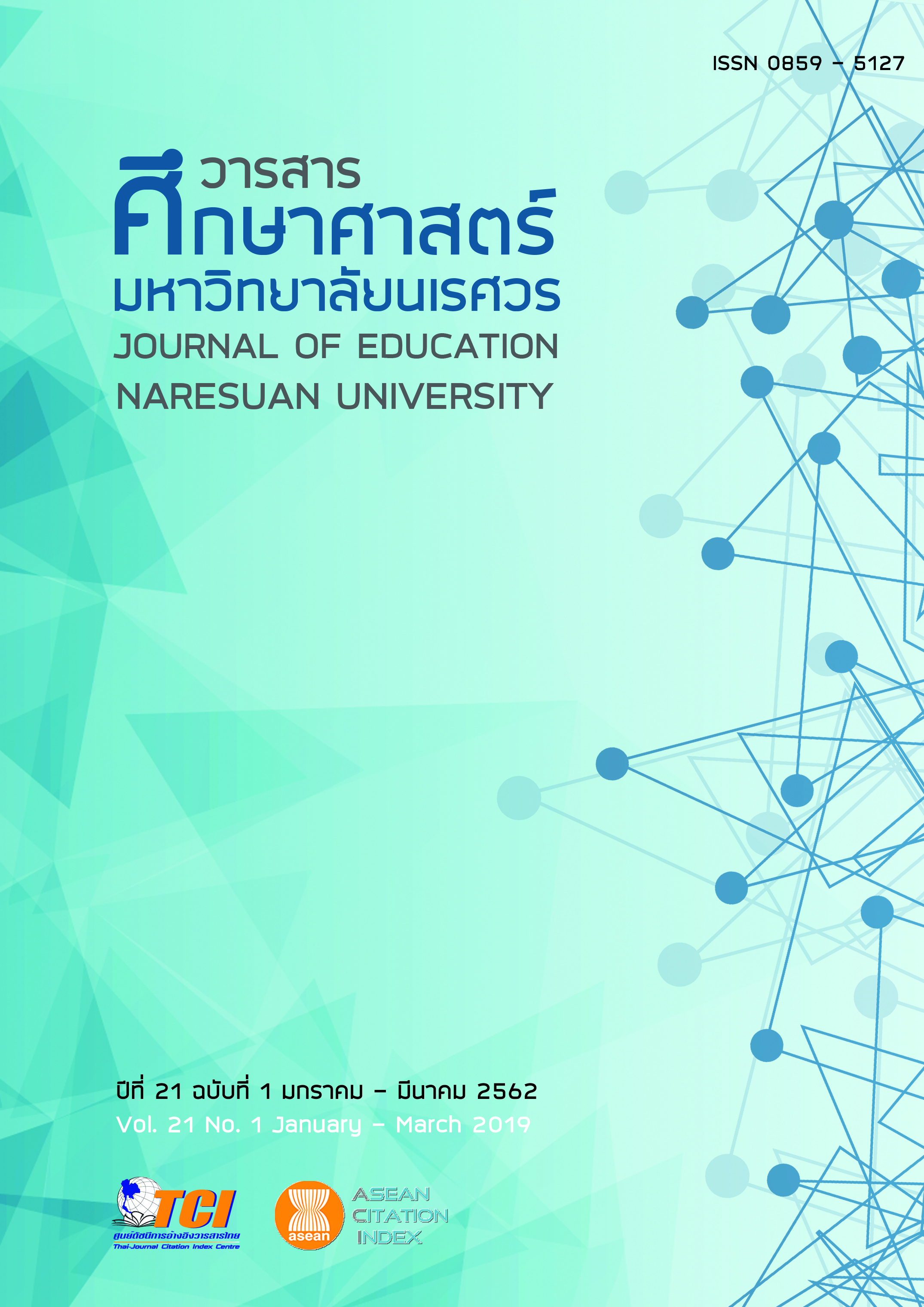EFL LEARNERS’ LISTENING PROBLEMS, PRINCIPLES OF TEACHING LISTENING AND IMPLICATIONS FOR LISTENING INSTRUCTION
Main Article Content
Abstract
It is well accepted that listening is an integral skill for academic and professional achievement. However, in contexts where English is taught as a foreign language (EFL), many students have limited exposure to the real-life use of English and find listening skills difficult to master. In attempts to seek ways to help EFL learners with their listening skill development, researchers, teachers and scholars have investigated into the causes of EFL learners’ listening problems and suggested ways to address them. This article presents the causes of listening problems faced by EFL students, experts’ opinions regarding teaching listening principles, and implications for listening instruction in EFL contexts.
Article Details
The owner of the article does not copy or violate any of its copyright. If any copyright infringement occurs or prosecution, in any case, the Editorial Board is not involved in all the rights to the owner of the article to be performed.
References
In the Second Biennial International Conference in Teaching and Learning of English in Asia: Exploring New Frontiers (pp. 1-15). Malaysia: Faculty of Communication and Languages, University Utara Malaysia.
Bloomfield, A., Wayland, S., Rhoades, E., Ross, S., Blodgett, A., & Linck, J. A. (2010). What makes listening difficult? Factors affecting second language listening comprehension. Retrieved April 28, 2018, from https://www.researchgate.net/publication/277788621_What_makes_listening_difficult_Factors_affecting_second_language_listening_comprehension
Chen, A. (2013). EFL listeners’ strategy development and listening problems: A process-based study. The Journal of Asia TEFL, 10(3), 81-101.
Chonprakay, S. (2009). An investigation of listening problems of Thai undergraduate students (Master thesis) Bangkok: King Mongkut’s University of Technology North Bangkok.
Flowerdew, J., & Miller, L. (2005). Second language listening. Cambridge, UK: Cambridge University Press.
Graham, S. (2006). Listening comprehension: The learners’ perspective. System, 34(2), 165-182.
Hamouda, A. (2013). An investigation of listening comprehension problems encountered by Saudi students in the EL listening classroom. International Journal of Academic Research in Progressive Education and Development, 2(2), 113-155.
Hanafiyeh, M., & Mafakheri, M. (2013). The effect of metacognitive listening strategy training on iranian efl learners’ listening performance. Journal of Science and Today's World, 2(1), 109-122.
Hasan, A. S. (2000). Learners’ perceptions of listening comprehension problems. Language Culture and Curriculum, 13(2), 137-153.
Helgesen, M. (2003). Listening. In D. Nunan (Ed.), Practical English Language Teaching (pp. 23-46). New York: McGraw-Hill.
Helgesen, M., & Brown, S. (2007). Practical English language teaching: Listening. New York: McGraw-Hill.
Jiang, J., & Yang, Y. (1999). Actively involving students in listening. English Teaching Forum, 37(2), 15-17.
Kajornboon, A. (2011). An investigation of factors inhibiting Thai EFL Medical students’ listening comprehension (Research report). Bangkok: Chulalongkorn University.
Kettongma N., & Wasuntarasobhit, S. (2015). Effects of prosodic feature and cognitive listening strategy instruction on low-intermediate EFL learners’ listening comprehension. KKU Research Journal (Graduate Studies), 3(3), 65-83.
Li, W. (2013). A study of metacognitive awareness of non-English majors in L2 listening. Journal of Language Teaching and Research, 4(3), 504-510.
Liu, S. H. (2008). Listening comprehension strategies and learning styles in foreign language education. In British Educational Research Association Annual Conference. Organized by Heriot-Watt University, Edinburgh.
Naresuan University International College (NUIC). [n.d.]. Listening comprehension strategies. Retrieved February 9, 2014, from https://www.sarawit.com/uploads/1/2/4/6/ 12462899/listeningcomp.pdf
Nation, I. S. P. (2006). How large a vocabulary is needed for reading and listening? Canadian Modern Language Review, 63(1), 59-82.
Noom-ura, S. (2008). Teaching listening-speaking skills to Thai students with low English proficiency. Asian EFL Journal, 10(4), 173-192.
Oxford, R. L., & Burry-Stock, J. A. (1995). Assessing the use of language learning strategies worldwide with the ESL/EFL version of the strategy inventory for language learning (SILL). System, 23(1), 1-23.
Piamsai, C. (2005). The relationships between learning strategies and English computer-based listening test performance of Thai university students (Doctoral dissertation). Bangkok: Chulalongkorn University.
Piamsai, C. (2011). An investigation of the use of listening strategies and listening performance of proficient and non-proficient language learners. Retrieved February 9, 2014, from https://www.academia.edu/4726925/Use_of_Listening_Strategies_and_Listening
Renandya, W. A. & Farrell, T. S. C. (2011). Teacher the tape is too fast! Extensive listening in ELT. ELT Journal, 65(1), 52-59.
Richards, J. (2005). Second thoughts on teaching listening. RELC Journal, 36(1), 85-92.
Rost, M. (2002). Teaching and researching listening. Harlow, UK: Pearson Education/Longman.
Rost, M., & Wilson J. J. (2013). Active listening. UK: Pearson Education Limited.
Ur, P. (1984). Teaching listening comprehension. Cambridge, MA: Cambridge University Press.
Vandergrift, L. (2004). Listening to learn or learn to listen? Annual Review of Applied Linguistics, 24, 3-25.
Wattanatorn, A., Buranachart, S., Khongjaroen, K. P., Somyaron, W. & Lerdpathama, M. (2017). The development of teachers of English on English learning management through synectics instructional method to promote student’s creative thinking. Journal of Education Naresuan University, 19(3), 34-49.


